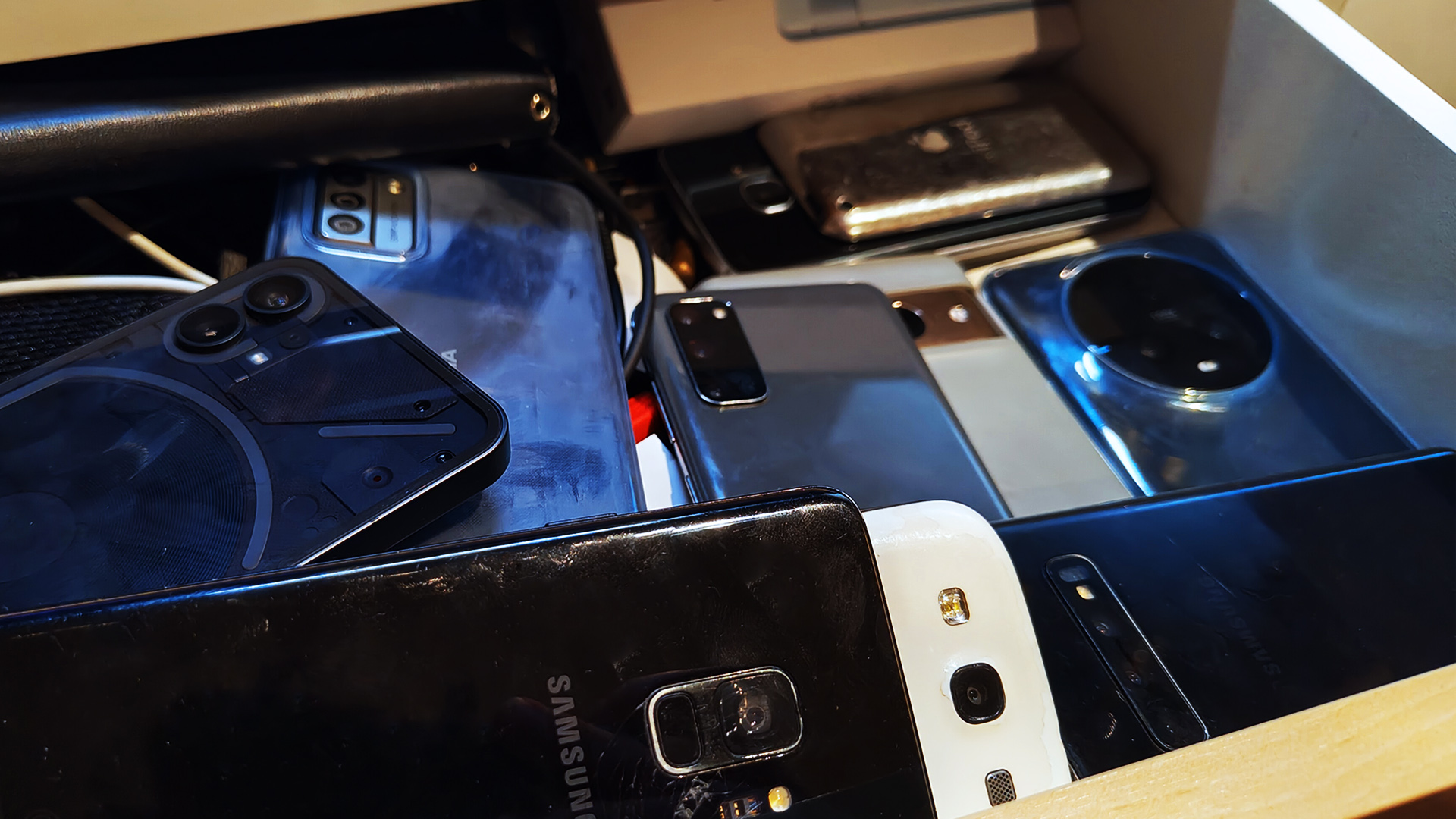
Recently, I unearthed my old Samsung Galaxy S20 from the depths of a 'forgotten gadgets' drawer, and once the phone was nestled in my hand, I was instantly struck by more than just nostalgia.
With its compact form factor, the sleek aesthetic got me thinking about what we may have left behind in our relentless pursuit of following trends and newer technology.
Some of the phones have features that seem criminally overlooked today and some are considered technological dead ends that maybe we’ve been too hasty to kick to the curb. So come with me on a journey to explore the features from older phones I'd love to see make a comeback this year or in the near-future.
Smaller, thinner and curved phones
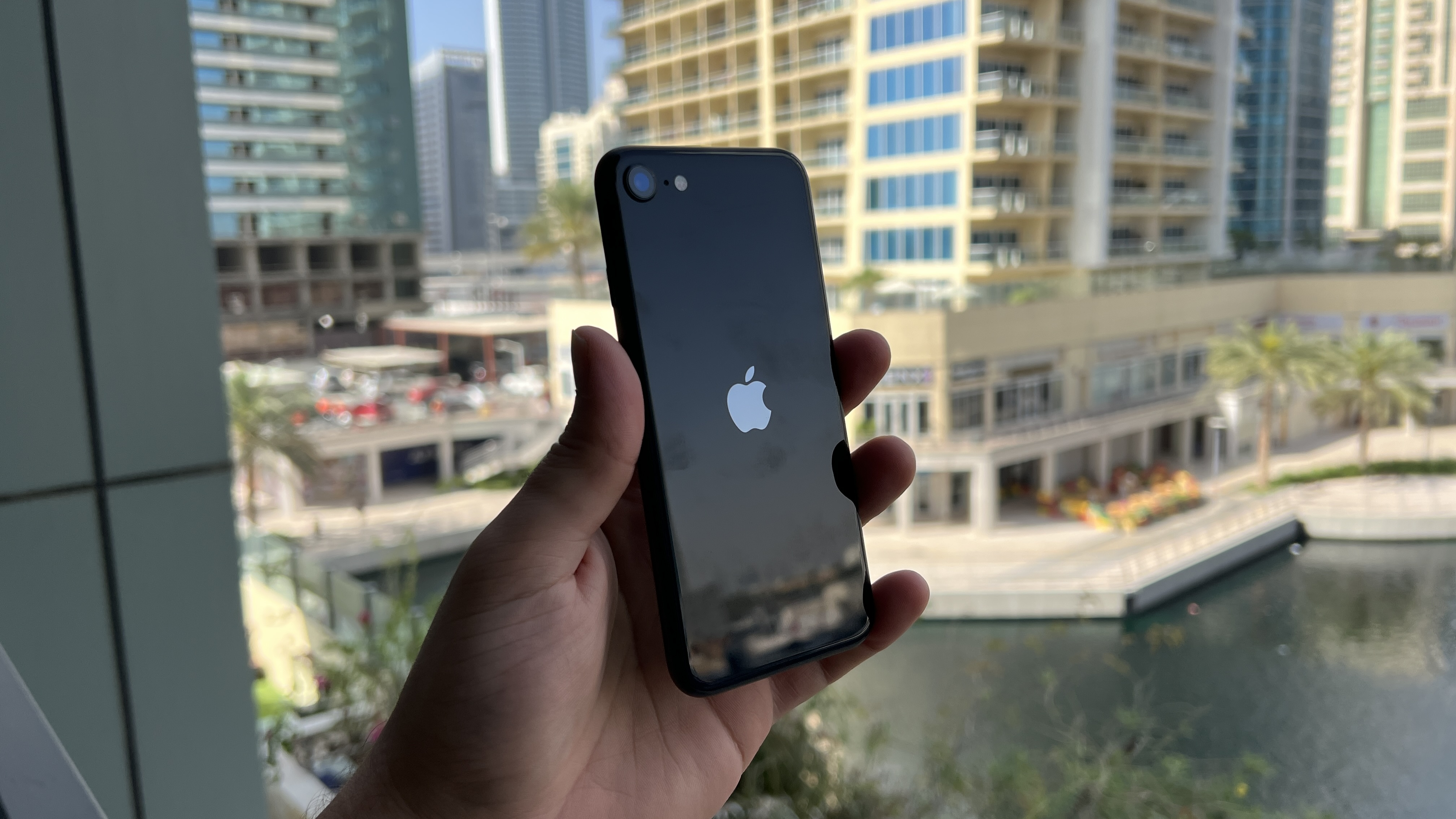
More of a personal preference but I enjoyed the size and feel of the thinner, curved-shaped phones like my old Galaxy S20, which not only looked streamlined but which also felt comfortable in both my hands and pockets.
However, since the iPhone 12, many phones began to feature flatter edges and less curved designs, appearing more utilitarian, seemingly only after a few generations of adopting curvier edges and screens.
There are exceptions, such as the OnePlus 11 and the Honor 90 to name just two, but overall most phones seem to be moving towards a similar shape as seen on the latest iPhone and Samsung devices; this makes sense, given that they are the top-selling smartphones, but it doesn't do a lot for variety.
Screens have also been following a trend of increasing in size, providing clearer viewing, and more immersive gaming, while keeping bezels trim to deliver edge-to-edge viewing experiences.
Phones like the Samsung Galaxy S23 Ultra and iPhone 15 Pro Max have become so large and normalized now that they have replaced the specialized 'phablet' phones such as the now-defunct Samsung Note series. These specifically offered larger screens for note-taking and productivity, rather than being intended to be the ubiquitous standard for flagship phones, but the latter is what has now happened.
At a certain point, these phones can begin to look like tablets or just be unwieldy, and frustratingly there are precious few smaller phone with flagship specs on offer; take the retiring of the iPhone 13 mini as an example of the shrinking interest in compact handsets.
So I'd love to see more flagship phone families include compact options that can be used mostly one-handed. Or failing that, more phones with curvier edges again to ape the comfortable phones of yore.
Smaller camera modules
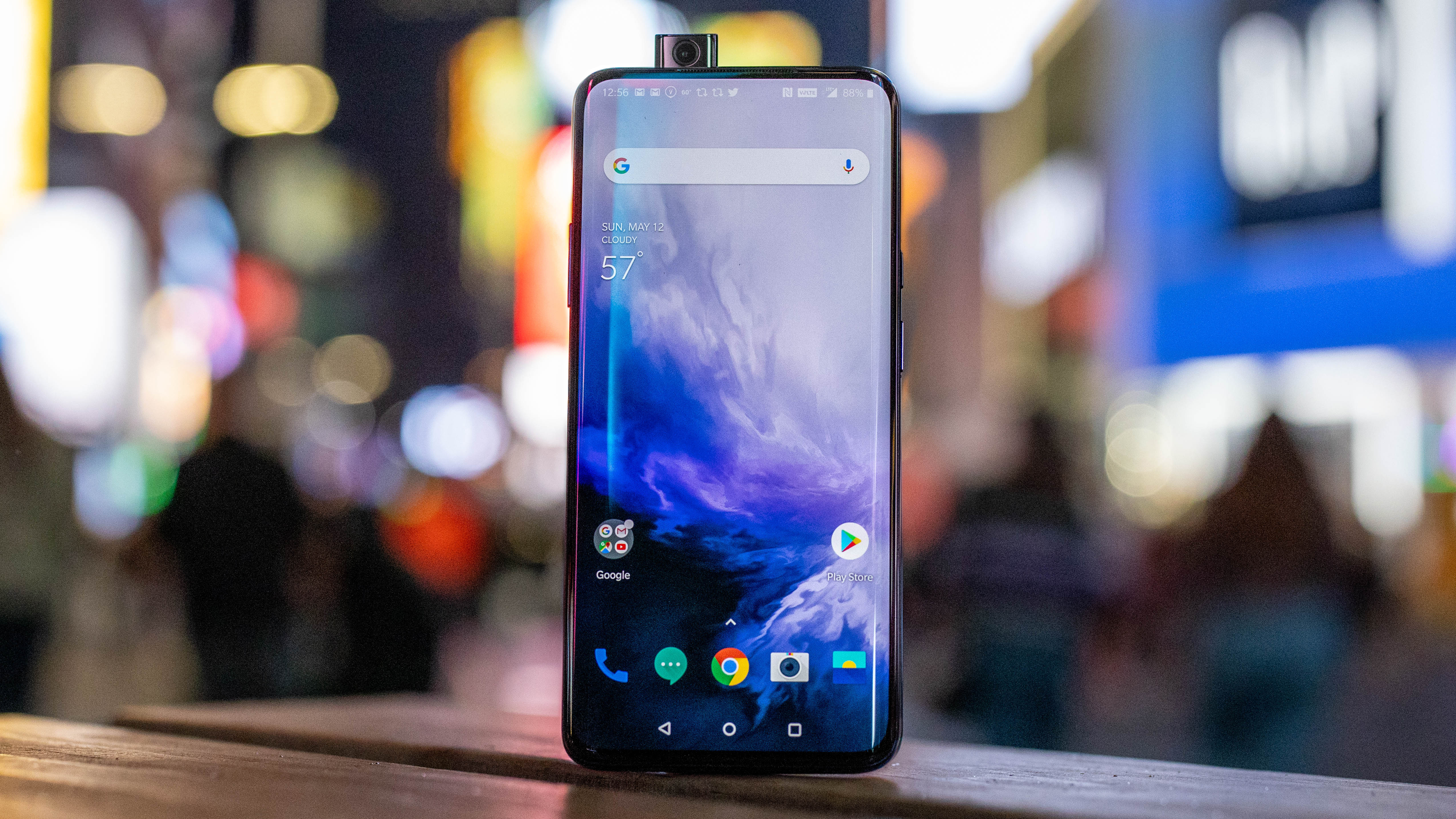
Older phones housed much smaller camera modules. These were less sophisticated and had limited capabilities compared to today's flagships, but they were also generally better integrated with a phone's rear than they are now; truly we live in an era of chunky rear camera units.
I would love to see better-integrated cameras make a proper return, and thankfully it does appear that phones are generally heading in this direction. Even top-tier flagships such as the Samsung Galaxy S23 series and iPhone 15 models feature much more subtle cameras, without compromising on quality.
Conversely, larger camera modules like those on the HONOR Magic 5 Pro and Xiaomi 12S Ultra while serving a practical purpose, can be something of an eyesore. Having said that, I like how the Google Pixel 8's visor is integrated into the design, but I hope this will also be minimized in the future.
Smaller cameras are one thing, but then there's the issue of how front-facing cameras commonly come in display notches or cutouts. A brilliant – yet often forgotten – solution to this came in the form of pop-up cameras, like that in the OnePlus 7 Pro, to hide away selfie snappers until they were needed.
While there were concerns over mechanism wear, there aren't a slew of reports citing pop-up camera failings. And this tech still seems like an elegant way to bypass both cutout-centric selfie cameras; they could even be used to hide away rear cameras, too.
The sleek cool of pop-up cameras seemed to come and go very fast, and that's a shame. This clever system, well integrated by OnePlus in 2019, kept a phone's screen free of holes and was great for more security-conscious users by keeping the camera housed into the body of the phone. As such, I reckon it's time phone makers explored pop-up cameras once again.
MicroSD slots
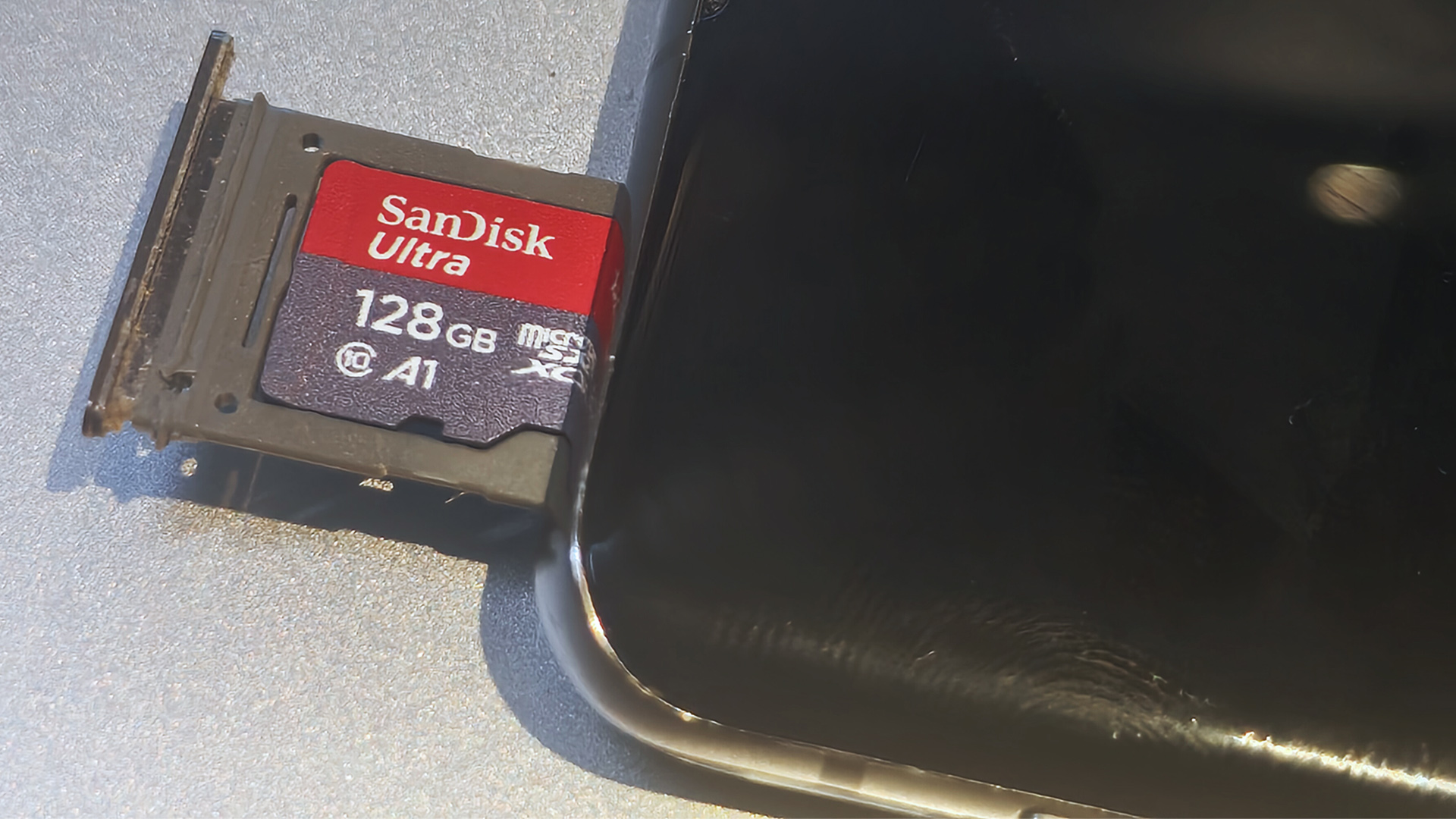
The feature I miss most from modern phones is microSD slots. For the uninitiated, these allowed you to expand a phone's internal memory beyond that the device came with. And they also made it easier for you to transfer files between your older phones and your laptop.
Despite claims that they caused instabilities or arguments about them affecting water resistance and dust protection, the real reason for their omission is likely due to money. It’s much easier for manufacturers to sell you the larger storage version of a device or better yet make you consider a more premium model by offering more internal storage by default. And of course there's also the extra cash they can wring from you by way of monthly cloud storage plans.
While you do see microSD slots on some mid-range and budget phones, external memory is a distant memory for most flagship models. The Sony Xperia 1 V is one of the last flagships that offers expandable memory and for non-flagships, the Samsung Galaxy A54 and OnePlus Nord N300 are the next best thing.
I'd be rather confident that if a flagship Android phone readopted a microSD card slot in 2024, it could have a punchier dose of appeal than slightly faster performance and mildly improved cameras.
An included charging brick
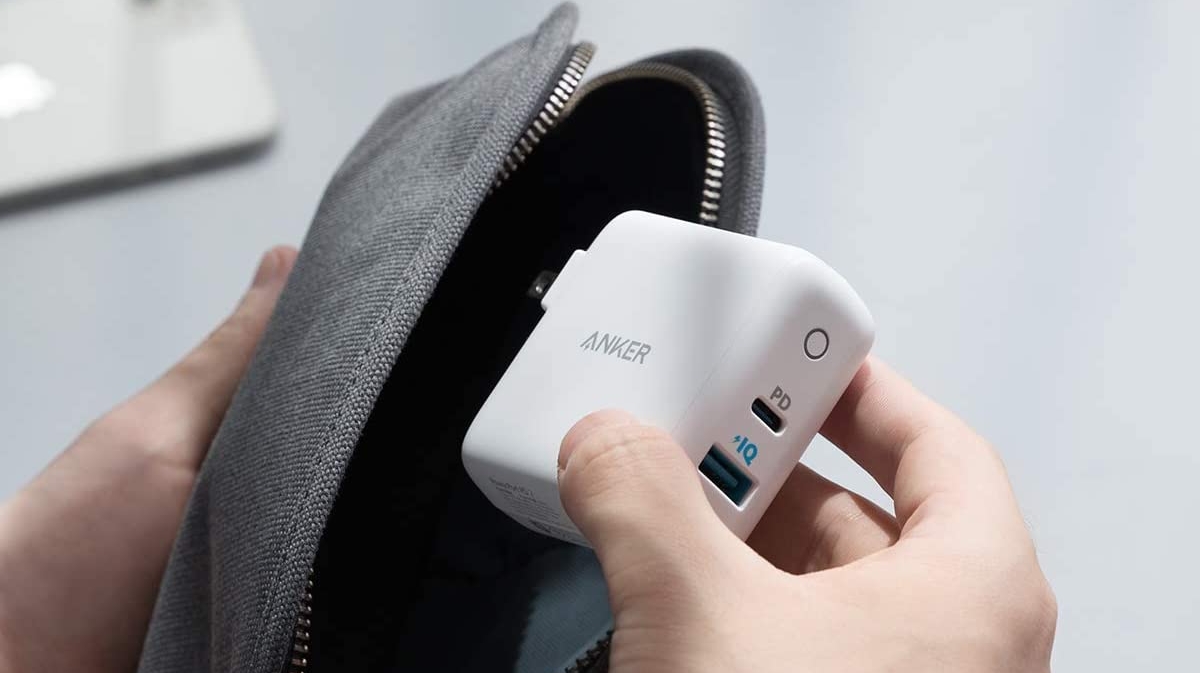
It's infuriating to me that we're in a situation where you can shell out for a very expensive top-tier phone, only to discover it doesn't come bundled with the necessary adapter to charge it at full pace.
Not all manufacturers do this, admittedly, and all do come with some form of USB charging cable – but I don't feel that's enough.
Despite nearly everyone having access to a USB port somewhere in their home, charging a phone from, say, a laptop port is far less convenient and speedy compared to connecting to a charging brick in a power socket.
Granted, phone makers tout the removal of charging bricks for environmental reasons, however the cynic in me thinks it's most likely to save on production costs for the manufacturer. And I do feel that there should be more options to get a charger bundled in a box, at least with flagship phones; let me opt-out of having a charger, rather than forcing it upon me.
VR functionality
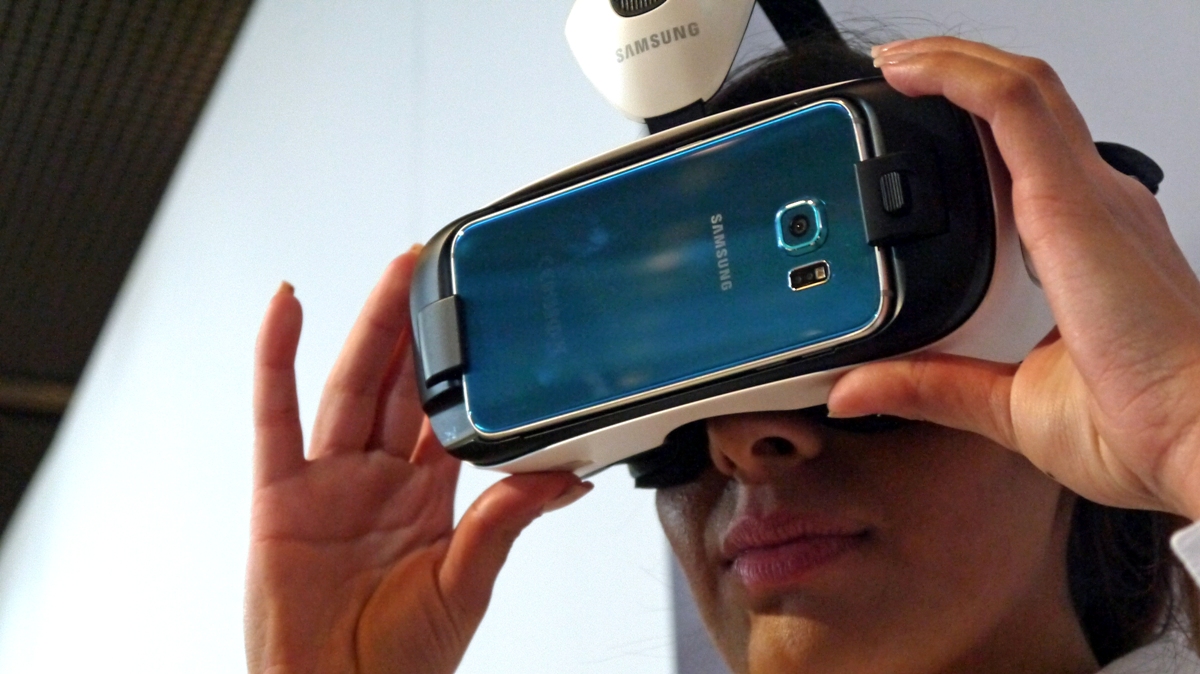
When I saw the Samsung Gear VR back in 2015 I was immediately a believer. In fact, I thought phone-based virtual reality headsets were the future. Sadly it wasn’t, as the Gear VR was discontinued in 2017.
Developed in collaboration with Oculus, it was a head-mounted accessory that allowed you to place certain Samsung Galaxy phones into a plastic head mount. Your phone would then act as the display and processor for the VR experience, also providing head tracking, a microphone, and a touchpad for interaction. It reduced the entry barrier for VR, letting almost anyone experience immersive virtual reality games, video, and content.
I always thought its demise was a shame, as most mobile phones are overpowered for day-to-day tasks and only a few games tax the hardware. So, with processing power, battery, and screen technology drastically improving generation-to-generation some five-plus years ago, it seemed like a great idea for a VR headset that used an upgradeable interchangeable component.
Yet this never came to pass and the Gear VR is just a footnote in mobile phone history, alongside Google's Daydream effort. Sure, we have the Meta Quest 3 and its ilk, but it would be great for smartphone VR to make a proper comeback, especially given the power and high refresh rate display on the best phones that could feasibly deliver high-fidelity VR experiences.
DeX
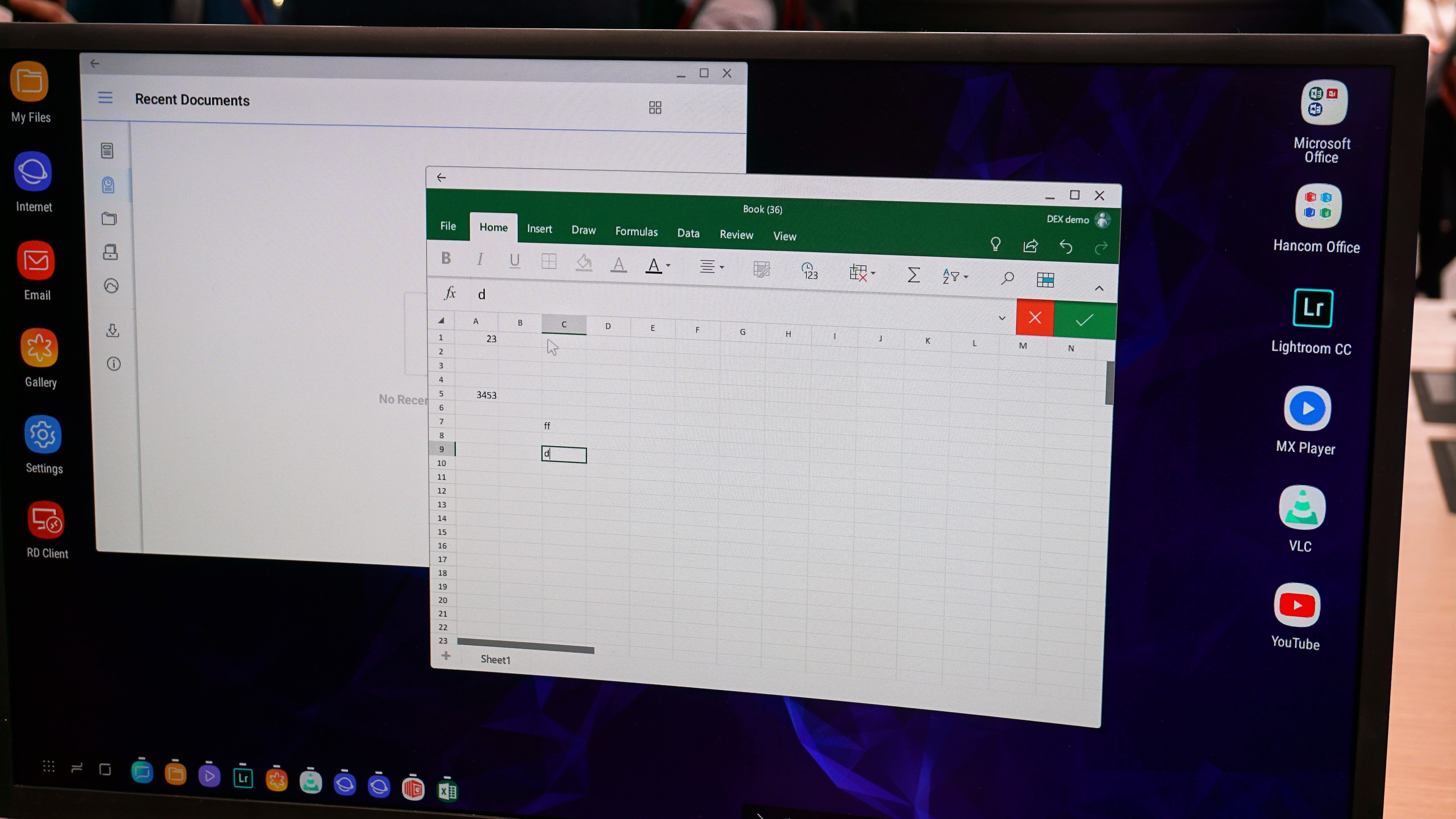
Technically this feature is unique to Samsung devices and hasn’t been removed or discontinued. However, I think it should become standard on most Samsung phones and I’m annoyed it isn’t included on the Samsung Galaxy Flip 5 and others in the series.
DeX lets you leave the laptop at home by transforming your phone into a full desktop experience that's, arguably, akin to a PC with full access to all of your files. This allows you to write emails, view work photos, or even watch film and video.
Once you connect certain Samsung devices to a monitor or TV you can also hook up a mouse and keyboard and gain the benefit of working on a bigger screen, allowing you to continue working. By harnessing your phone's powerful processor, Dex is more than capable enough for day-to-day computing tasks and has been a lifesaver when I've been without my laptop.
Given the power of modern phone chips, I see no reason why more phones can't come with their own take on DeX. Or maybe even license it from Samsung to truly make smartphones a tech tool for nearly everything.
Alert sliders
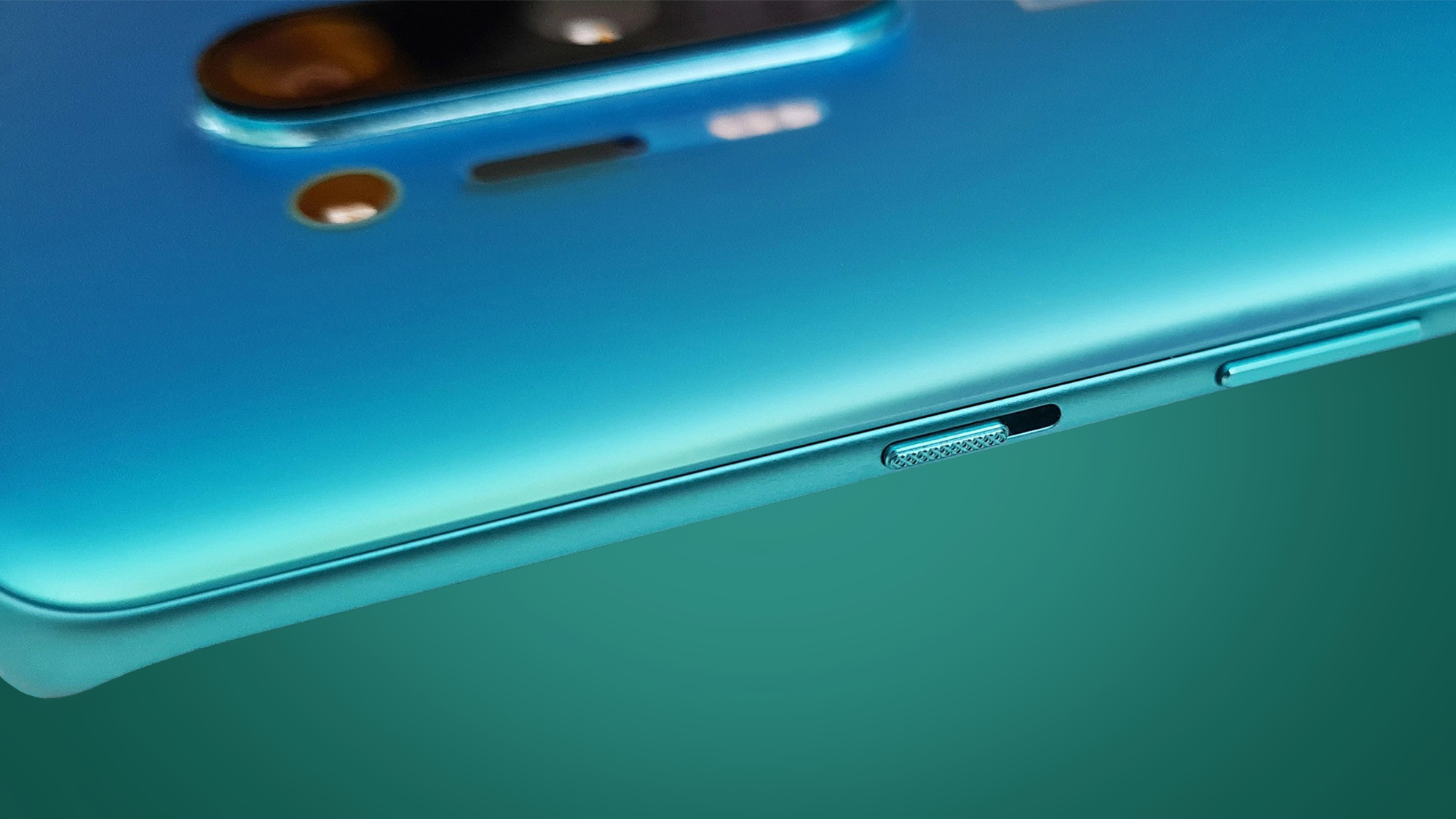
While not essential, I always liked the alert sliders on phones such as the iPhone 14 and OnePlus 11, as they were a great way to quickly turn off any distractions without looking at your screen or needing to access any phone menus. That was (and sort of still is, in the case of OnePlus phones) great if you are conscious of your screen time and get easily distracted when muting your phone via a menu.
3.5mm headphone jack: mostly gone, but I've not forgotten how handy it could be.
Removable batteries: a great way to keep a phone going for longer, but not worth the compromise on water and dust resistance.
Metal-backed phones: more durable and arguably more premium than glass backs; pity they mess with wireless charging.
These dedicated switches have a history going back to the OnePlus 2 and have been a standard feature on iPhones since the very beginning.
And I think they should be incorporated on more devices and let more people have time away from their phones without needing to put their devices in a drawer. Failing that, adopting a multi-function slider or switch, such as the Action button on the iPhone 15 Pro, that can be customized to mute notifications and so on, would be an elegant way to bring back the classic alert slider.
Never to return?
The likelihood of many of these features returning probably isn’t going to happen. But flip phones have come back (albeit in a foldable phone form) and smaller camera modules are seemingly the preference of upstart brands such as Nothing, so you never know what could make a comeback.
And looking back, with an eye on evolution at the same time, could be one way to prevent future phones from becoming boring near-identical slabs with different branding, all caught up in iterative yearly upgrade cycles. So, I hope we’ll see phone manufacturers try to be a little more experimental to stand out and who knows what they could come up with, and indeed bring back.
But for now, I think I'll still keep hold of my old Galaxy S20, not just for games and a few light duties, but as a nostalgic reminder of all the practical features smartphones have lost as they've gained more advanced tech.







